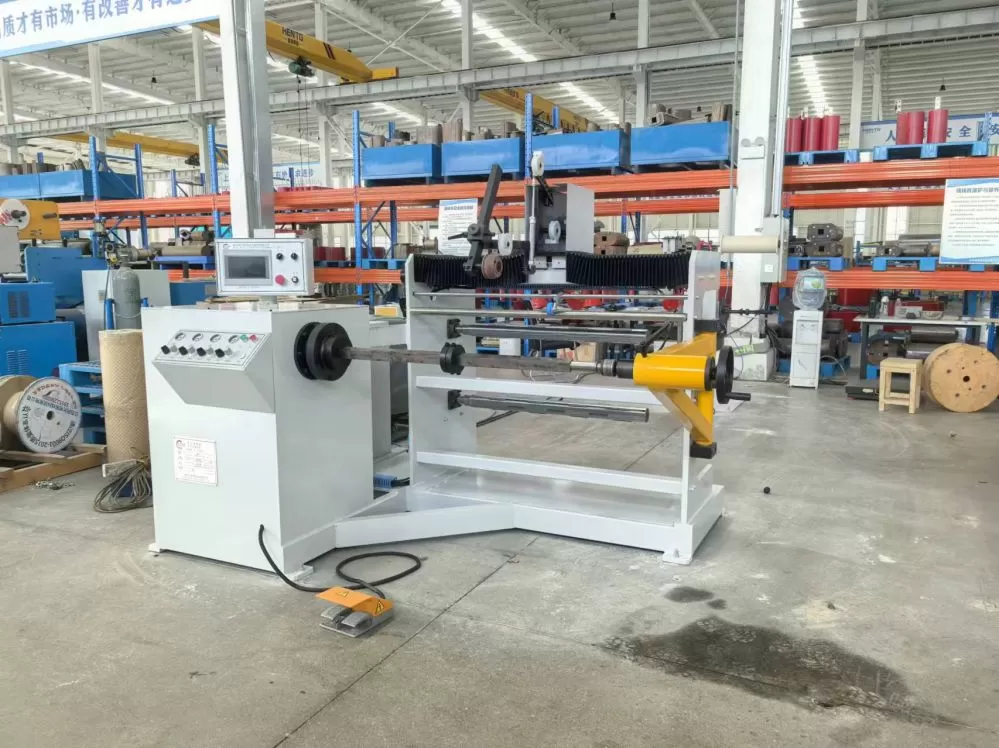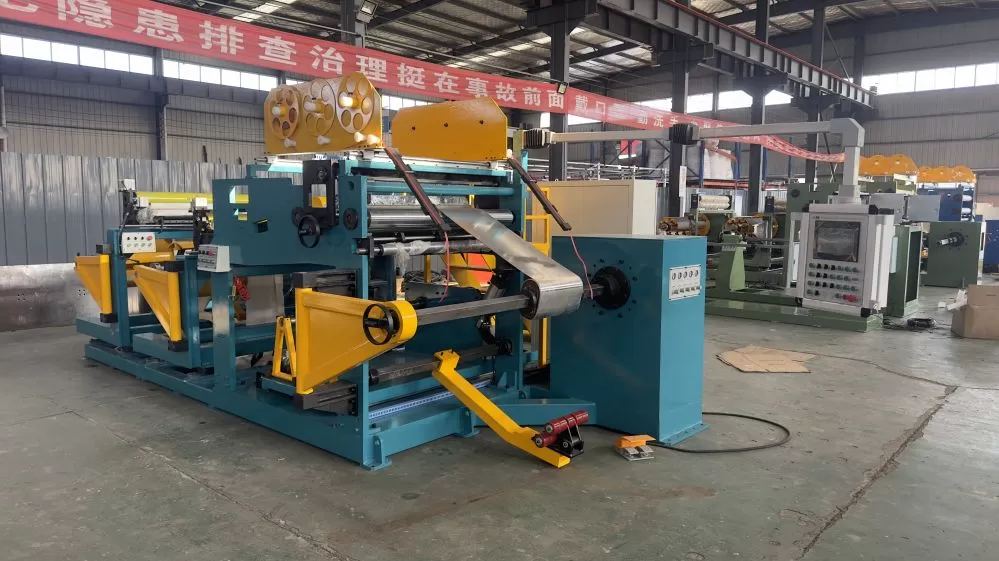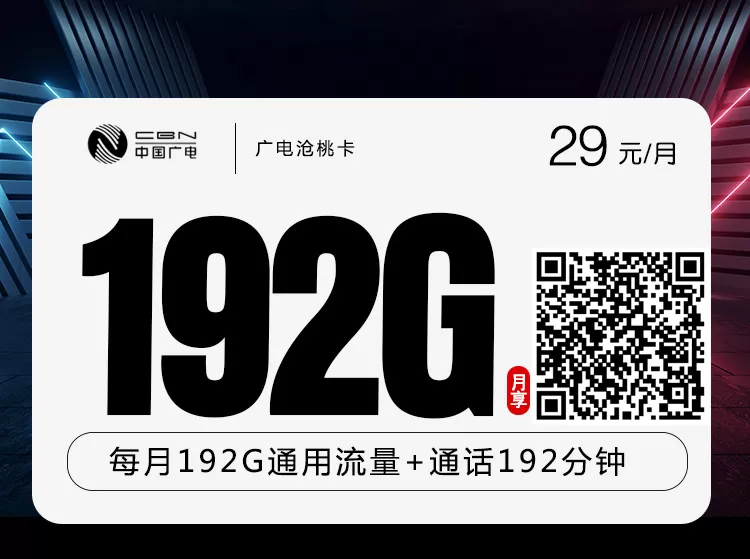The Ultimate Guide to High and Low Voltage Winding Machines: Efficiency Meets Precision
In the world of electrical manufacturing, precision and efficiency are not just desired; they are essential. One of the most critical processes in this field is coil winding, a procedure that can define the performance of countless products, from transformers to motors. This is where high and low voltage winding machines come into play. Designed to streamline the coil winding process, these machines have set new standards in terms of quality, speed, and accuracy, making them indispensable for manufacturers across various industries.

What Are High and Low Voltage Winding Machines?
High and low voltage winding machines are specialized equipment used to wind coils with varying electrical specifications. These machines are engineered to handle different types of wires and conductors, ensuring that each coil meets the specific requirements of either high or low voltage applications. From complex transformer windings to simpler inductors, these machines automate the process, reducing the likelihood of human error and ensuring consistent quality.
The difference between high and low voltage winding machines mainly lies in their functionality and the type of coils they produce. High voltage winding machines are built to handle thicker, insulated wires, making them suitable for devices that operate at higher voltages. Conversely, low voltage winding machines are designed to work with thinner wires for applications that require lower electrical currents.
The Importance of Precision and Efficiency in Coil Winding
In any production line, time is money, and precision is priceless. This is especially true when it comes to electrical components, where even the smallest error in coil winding can lead to malfunction or reduced efficiency. High and low voltage winding machines address these issues by automating the winding process with high precision. By eliminating the inconsistencies of manual winding, they ensure each coil is produced to exact specifications, leading to better product performance and longevity.
Moreover, the speed of these machines significantly cuts down on production time, allowing manufacturers to meet high demand without sacrificing quality. Imagine trying to hand-wind hundreds or thousands of coils – not only would this be time-consuming, but the chances of errors would also increase exponentially. Winding machines simplify this task, enabling manufacturers to produce high volumes with consistent precision.
Key Features of High and Low Voltage Winding Machines
Automated Operation: Modern winding machines come with fully automated systems, reducing the need for manual intervention. This means faster production times and fewer errors.
Versatile Design: Many machines are designed to handle different wire sizes and winding patterns, making them versatile for various applications, from simple coils to more complex designs.
High Precision Controls: Advanced control systems ensure that each coil is wound to exact specifications, with minimal variation between products. This leads to improved quality and efficiency across the board.
User-Friendly Interfaces: The machines often feature intuitive controls, allowing operators to set up and manage the winding process with ease. This reduces training time and operational costs.
Durability and Reliability: Built to last, these machines can withstand continuous operation, making them a reliable asset for any manufacturing setup.
The Benefits of Using High and Low Voltage Winding Machines
When it comes to industrial manufacturing, investing in high and low voltage winding machines can be a game-changer. Here are some of the primary benefits:
Consistency: Automated winding ensures that each product is uniform, which is vital for maintaining quality and reliability in electrical components.
Efficiency: With faster production rates, companies can meet market demands without compromising on quality. The automation also allows for multi-tasking, where one operator can manage several machines simultaneously.
Cost-Effective: Although the initial investment in winding machines might seem significant, the long-term savings from reduced labor costs, faster production times, and fewer defects make it a worthwhile expense.
Enhanced Product Performance: Properly wound coils contribute to better electrical performance, resulting in longer-lasting products and reduced maintenance needs.
Applications of High and Low Voltage Winding Machines
The versatility of high and low voltage winding machines makes them ideal for a wide range of industries. Here are some of the common applications where these machines play a critical role:
Transformers: The core functionality of transformers depends on properly wound coils that handle varying voltage levels. High voltage winding machines are essential for creating coils that can withstand high electrical currents, ensuring the safe and efficient operation of transformers.
Electric Motors: Both high and low voltage winding machines are used to manufacture motors for different purposes, from industrial machines to household appliances. The precision offered by these machines ensures motors run smoothly and efficiently, reducing energy consumption and wear.
Power Generators: Power generation equipment relies heavily on coils that can handle different voltage outputs. High voltage winding machines are crucial in creating these robust and reliable components.
Electronic Devices: Many electronic gadgets require finely wound coils for inductors and other components. Low voltage winding machines are ideal for this, ensuring the devices function as intended without overheating or losing efficiency.
Choosing the Right Winding Machine for Your Needs
Selecting the right winding machine depends on the specific needs of your production line. Here are a few factors to consider:
Voltage Requirements: Determine whether you need high voltage or low voltage windings. Machines are typically optimized for one or the other, so understanding your product’s needs will help narrow down your choices.
Type of Wire: Depending on the materials you use, you may need a machine that can handle thicker or thinner wires. Look for machines that offer flexibility in this area if your production involves different types of coils.
Production Volume: If you are producing large volumes, invest in a machine that offers high-speed operation without compromising precision. For smaller, specialized batches, look for machines that allow for custom settings and manual adjustments.
Ease of Use: A machine that is easy to set up and operate can save valuable time and reduce training costs. Check for features like user-friendly interfaces and automated controls.
Maintenance and Support: Regular maintenance is essential to keep your winding machines running smoothly. Consider machines from manufacturers who offer robust customer support and easy access to replacement parts.
The Future of Winding Technology
The world of winding machines continues to evolve, with advancements that promise even greater precision, speed, and efficiency. The integration of artificial intelligence (AI) and machine learning is on the horizon, allowing these machines to self-optimize for even better performance. For instance, AI could enable machines to detect potential errors in real time, making adjustments on the fly to prevent defects. This not only boosts productivity but also significantly reduces waste, a crucial consideration in today’s manufacturing environment.
Additionally, innovations in materials and design mean that winding machines will continue to become more versatile, handling a broader range of products and specifications. For businesses looking to stay ahead, investing in modern winding machines is a step toward future-proofing their production lines.
Conclusion: Why Invest in High and Low Voltage Winding Machines?
High and low voltage winding machines are more than just equipment; they are a critical investment in quality, efficiency, and scalability. Whether you are a small business or a large-scale manufacturer, these machines offer the precision and speed necessary to produce top-tier electrical components. As technology continues to advance, those who embrace these machines will be well-positioned to lead the industry, delivering products that meet the highest standards of performance and reliability.
提示:在享受本文内容的同时,请注意版权归属 徐州鑫坤机电设备有限公司https://www.xzxkjd.com如果您觉得有价值欢迎分享,但请务必注明出处,感谢您的理解,谢谢!
以下部分内容需要登录查看 立即登录
相关内容
- 供需裂口持续扩大:2025年铜价暴涨,产业链如何应对?
- 铜,新时代的“石油”?2025年价格狂飙背后的战略博弈
- 从能源革命到智能时代:2025铜价暴涨背后的全球新逻辑
- 铜价创历史新高!绿色转型与供需失衡背后的财富浪潮
- 2025铜价为何一飞冲天?三大核心驱动力深度解析
- 上海非急救出租服务全解析
- 深耕中考复读赛道 深圳深才教育为复读生搭建升学桥梁
- 阳光下的童年:那些被温暖照亮的纯真时光
- 群晖DSM7.0-7.21监控套件Surveillance Station 9.20-11289开心版60个许可证设置教程(无重启、无断流、无卡死、史上最完美)
- 云服务器+SD-WAN组网和域名DNS解析
- 在云主机上安装iKuai OS,实现SD-WAN组网,利用云主机80;443端口搭建企业网站。个人博客。让云主机当做你的堡垒机,实现数据本地化。
- 中央空调只开一台=全开耗电?真相让人意外!
 简体中文
简体中文 繁體中文
繁體中文 English
English Nederlands
Nederlands Français
Français Русский язык
Русский язык Polski
Polski 日本語
日本語 ภาษาไทย
ภาษาไทย Deutsch
Deutsch Português
Português español
español Italiano
Italiano 한어
한어 Suomalainen
Suomalainen Gaeilge
Gaeilge dansk
dansk Tiếng Việt
Tiếng Việt Pilipino
Pilipino Ελληνικά
Ελληνικά Maori
Maori tongan
tongan ᐃᓄᒃᑎᑐᑦ
ᐃᓄᒃᑎᑐᑦ ଓଡିଆ
ଓଡିଆ Malagasy
Malagasy Norge
Norge bosanski
bosanski नेपालीName
नेपालीName čeština
čeština فارسی
فارسی हिंदी
हिंदी Kiswahili
Kiswahili ÍslandName
ÍslandName ગુજરાતી
ગુજરાતી Slovenská
Slovenská היברית
היברית ಕನ್ನಡ್Name
ಕನ್ನಡ್Name Magyar
Magyar தாமில்
தாமில் بالعربية
بالعربية বাংলা
বাংলা Azərbaycan
Azərbaycan lifiava
lifiava IndonesiaName
IndonesiaName Lietuva
Lietuva Malti
Malti català
català latviešu
latviešu УкраїнськаName
УкраїнськаName Cymraeg
Cymraeg ກະຣຸນາ
ກະຣຸນາ తెలుగుQFontDatabase
తెలుగుQFontDatabase Română
Română Kreyòl ayisyen
Kreyòl ayisyen Svenska
Svenska հայերեն
հայերեն ဗာရမ်
ဗာရမ် پښتوName
پښتوName Kurdî
Kurdî Türkçe
Türkçe български
български Malay
Malay मराठीName
मराठीName eesti keel
eesti keel മലമാലം
മലമാലം slovenščina
slovenščina اوردو
اوردو አማርኛ
አማርኛ ਪੰਜਾਬੀName
ਪੰਜਾਬੀName albanian
albanian Hrvatski
Hrvatski Suid-Afrikaanse Dutch taal
Suid-Afrikaanse Dutch taal ខ្មែរKCharselect unicode block name
ខ្មែរKCharselect unicode block name




